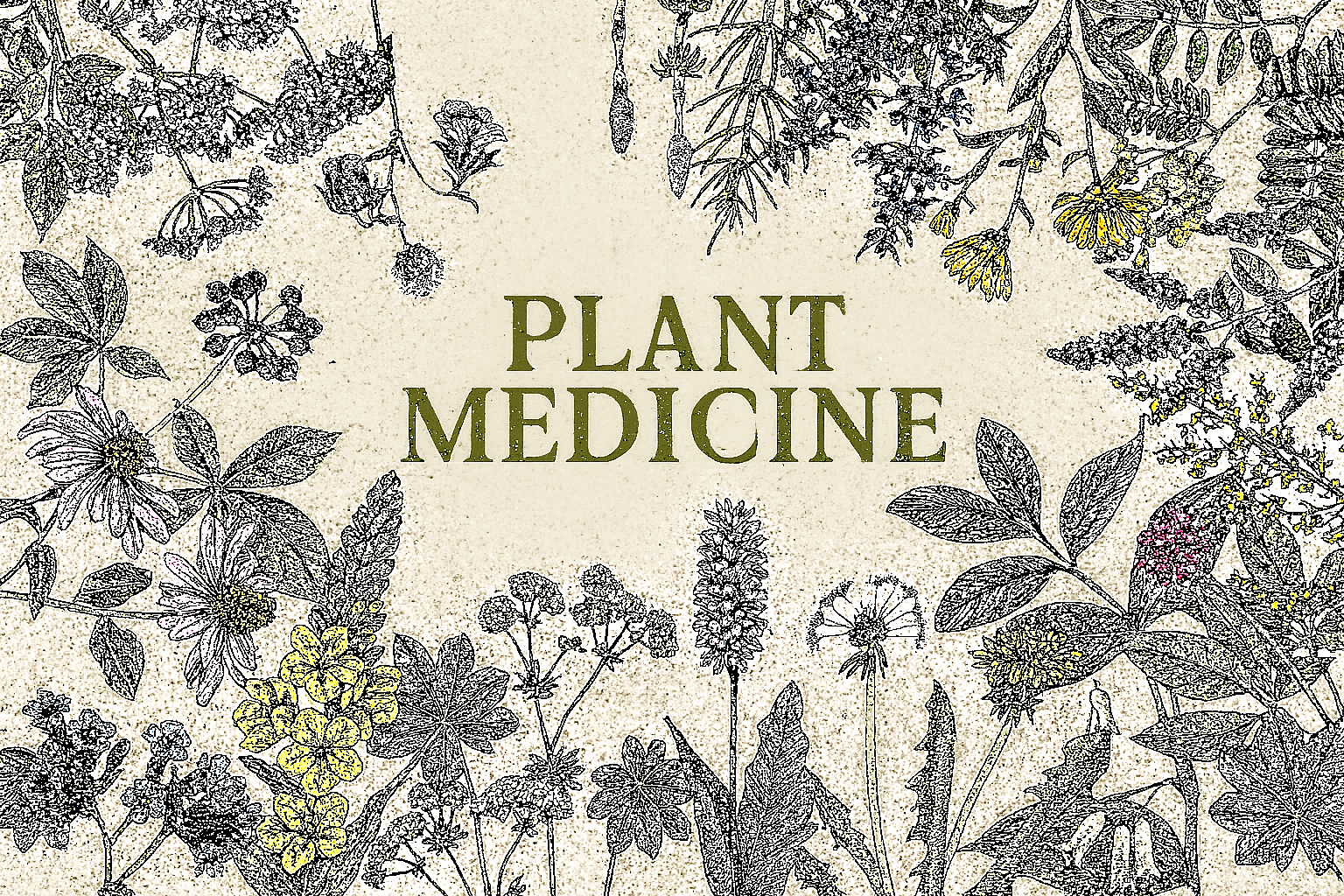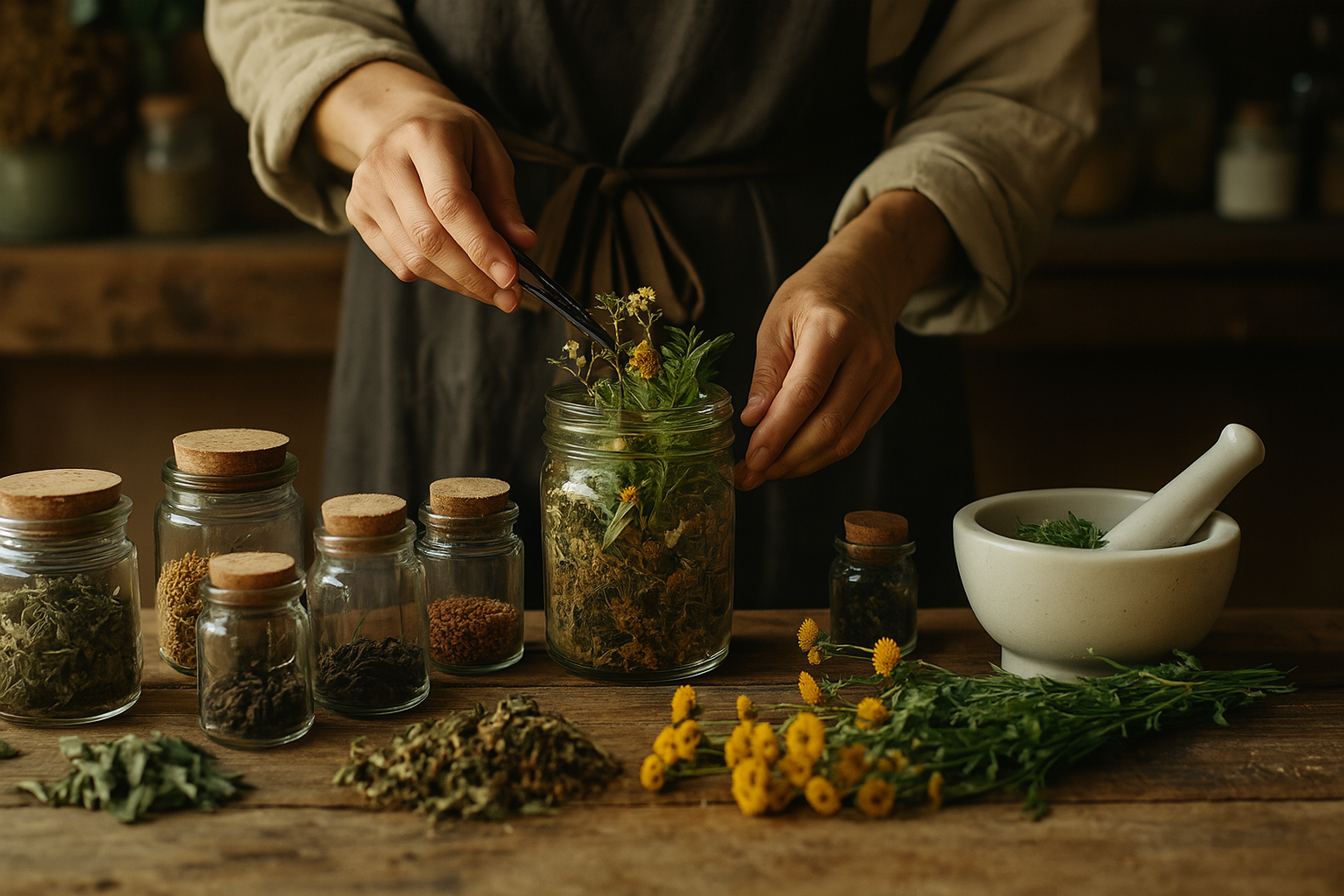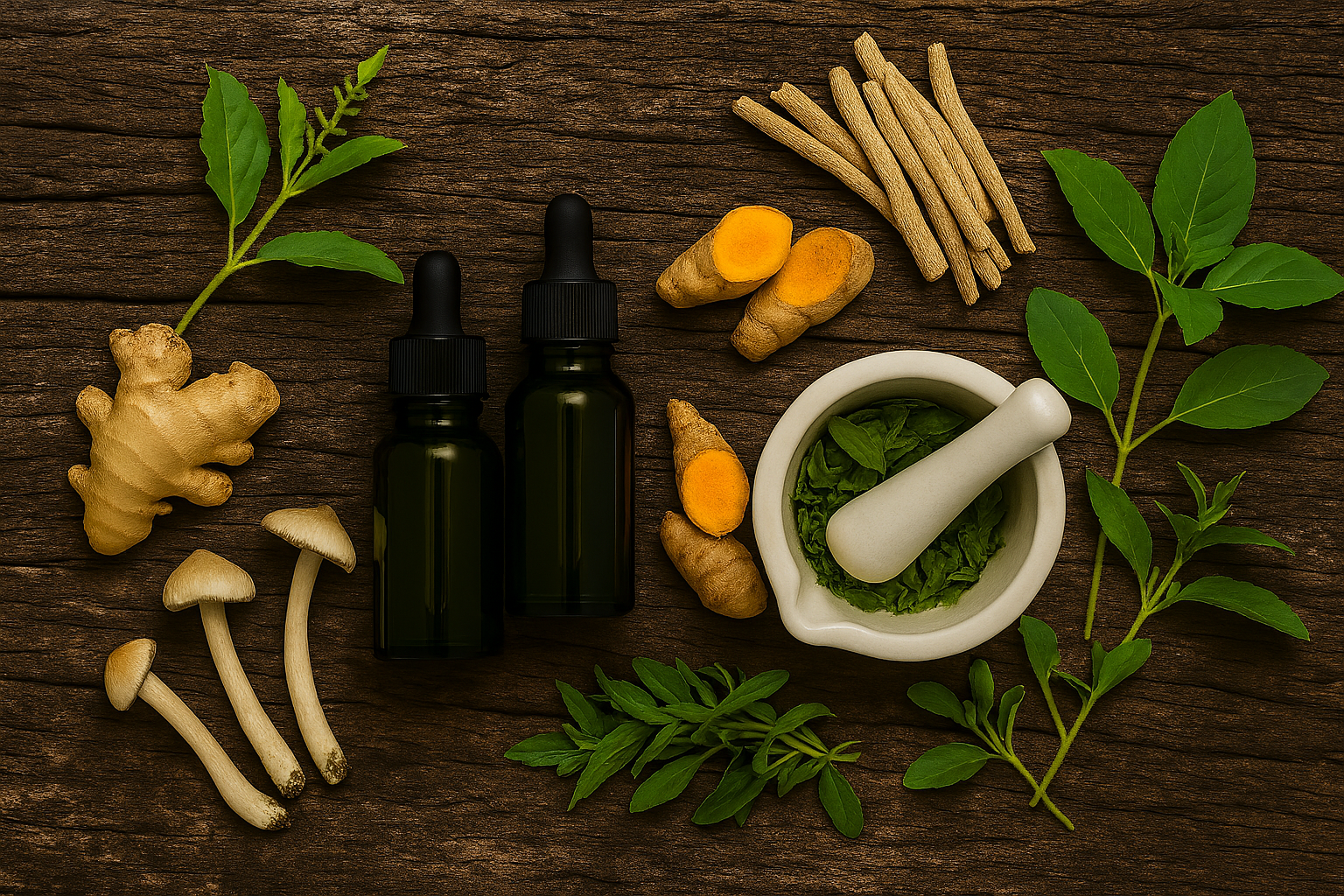Rooted in Wisdom: The Healing Power of Plant Medicine

🌿 Journey of the Soul: A Modern Awakening Through Plant Medicine
In recent years, there’s been a quiet revolution stirring across the globe — a movement away from the purely analytical and toward the experiential. People from all walks of life are reconnecting with nature in the most profound way: through ancient plant medicines that have guided tribes, mystics, and seekers for centuries. What was once whispered in hidden jungles and sacred temples is now reaching yoga studios, retreat centers, and hearts seeking healing.
But this isn’t a trend. It’s a remembering.
The Forgotten Language of Plants
Long before modern science mapped the brain or bottled a pill, healers from indigenous cultures turned to the Earth. Deep within the Amazon, across high-altitude Andean villages, and in quiet desert rituals, there were ceremonies—not rushed or transactional, but sacred and timeless. These experiences weren’t recreational; they were transformational.
Plants were never seen as “drugs.” They were allies. Teachers. Portals. And their use wasn’t just about individual healing—it was about harmony with the spirit of the Earth.
Now, modern seekers are returning to this wisdom, not in search of a quick fix, but to reconnect with something ancient, sacred, and profoundly human.

🌿 Begin Your Journey, Consciously — with Sacrena
Transformation doesn’t end when the ceremony does—it unfolds in the relationships we nurture, the choices we make, and the connections that reflect our deepest truth.
✨ Sacrena is more than a dating app—it’s a space for soul-aligned connection.
Find partners who share your values, your curiosity, and your commitment to inner growth—whether you're just discovering sacred plant medicine or have walked this path before.
🔮 Discover connections that honor your awakening.
From astrological alignment to spiritual compatibility, Sacrena helps you meet people who don’t just match your lifestyle—but your soul frequency.
Why People Are Returning to the Old Ways
1. A Call to Heal at the Root
We live in an age where anxiety is normalized and numbness is celebrated. But beneath the surface, many yearn for something deeper—something that doesn’t just silence symptoms but speaks to the soul.
Plant medicine ceremonies offer a space where healing happens in layers—emotional, spiritual, and ancestral. Rather than masking pain, these sacred journeys invite you to sit with it, understand it, and, eventually, release it.
People report breakthroughs that years of therapy didn’t uncover. They find themselves reconnected to their inner child, to unspoken grief, and to a vast intelligence within the natural world that’s been forgotten.
2. Retreats as Portals of Transformation
Across the globe, intentional communities and sanctuaries are creating safe spaces for these journeys. Whether it’s a secluded Ayahuasca retreat in Peru, a mushroom ceremony in the Netherlands, or a Keshia gathering in Costa Rica, these are not party scenes. They are spiritual containers.
Shamans, facilitators, and guides—often with decades of training—create frameworks of trust, ritual, and integration. Practices like breathwork, yoga, journaling, and sound healing often complement the ceremonies.
Many people travel thousands of miles to be part of these retreats. Not for escape, but for return. Return to their essence. Return to Earth. Return to truth.
3. Awakening Consciousness
It’s not just about healing trauma or feeling better. For many, it’s about remembering who they are beyond the mind. These sacred plants often dissolve the illusion of separation, allowing people to glimpse the interconnected web of all life.
Mystics call it unity. Scientists call it neuroplasticity. Others call it love.
Whatever the language, the impact is undeniable. People return from these journeys not as spectators of life, but as participants—more present, more compassionate, more real.
Honoring the Plants and Their Traditions
As the popularity of plant medicine grows, so too must our reverence for where it comes from. These are not substances to be exploited—they are spiritual tools to be respected.
Many traditional communities have protected these rituals for centuries. Honoring that means learning about the lineage, supporting ethical sourcing, and choosing spaces that respect both the medicine and the land.
Gratitude and humility go hand in hand with these journeys. The medicine begins the moment you say yes, not just to the plants, but to a new way of being.
Three Plants Guiding the Awakening
🍃 Ayahuasca
Brewed in the heart of the Amazon from two distinct vines, Ayahuasca is known as "la madre"—the mother. In traditional ceremonies, she is approached with great respect, offering visions, lessons, and often, deep emotional purging. People journey to the rainforests of Peru, Colombia, and Brazil for week-long or even month-long retreats, seeking to face their shadows, heal ancestral trauma, and open their hearts.
🍄 Sacred Mushrooms
Known to indigenous tribes as “the flesh of the gods,” these fungi have been part of spiritual rituals for millennia. In places like Mexico and Jamaica, ceremonies are held under the guidance of curanderas—female healers—where participants often connect with inner guidance, creativity, and profound emotional release. Retreats often include sound healing, forest walks, and integration circles.
🌿 Keshia
Less widely known but growing in reverence, Keshia is rooted in African and Caribbean traditions. It is used not only for its consciousness-expanding qualities but also as a spiritual cleanser. Ceremonies involving Keshia often emphasize movement, song, and embodied expression—dancing the medicine into the body and grounding it through rhythm.
Each of these plants carries a unique energy. Some are gentle, others intense. Some whisper, others roar. But all point toward the same truth: the wisdom is within.
Whispers from the Forest
Beyond the sacred trio explored here, the natural world holds many more revered plant allies — each with their own unique song. From the cactus spirits of the Andes to the root medicines of Africa, countless traditions continue to honor these messengers of healing. Their presence reminds us that Earth still speaks — and we are learning to listen again.

Integration: The Real Work Begins After
It’s one thing to have an expansive journey—it’s another to embody it.
That’s why more and more retreat centers are emphasizing integration. Journaling, therapy, nature immersion, conscious community, and creative expression are all part of weaving the insights back into daily life.
Without integration, the experience risks becoming a memory. With it, it becomes a catalyst.
The most powerful transformation isn’t what you see during a journey—it’s how you live after.
Is This Path for Everyone?
No. And that’s okay.
Plant medicine is not a universal cure or a spiritual shortcut. It requires intention, surrender, and often, courage. It is not for those seeking escape, but for those willing to meet themselves fully.
Medical conditions, mental health considerations, and personal readiness must be honored. That’s why responsible retreat centers conduct thorough screenings and preparatory calls before accepting participants.
But for those called, the journey can be life-altering. Not perfect. Not always easy. But deeply real.
Returning to the Sacred
In a world obsessed with speed, productivity, and perfection, plant medicine is an invitation to slow down. To listen. To feel. To trust something older than civilization itself.
It’s not about chasing visions or becoming enlightened. It’s about coming home—to the body, to the Earth, to the mystery of being alive.
You don’t need to go to the jungle to feel it. Sometimes, it begins with a prayer. A breath. A willingness to soften.
The medicine is already here. The real question is: are you ready to receive it?
🌸 A Note from Sacrena
At Sacrena, we honor your path—wherever it begins. Whether you’ve walked sacred trails or are just now hearing the call of inner transformation, our conscious relationship platform supports your journey with tools, reflections, and soul-aligned connections.
✨Want to explore with others on a similar path?
Join Sacrena’s community to meet kindred souls who value growth, depth, and sacred connection.
🔮Ready to deepen your relationship with self and spirit?
Discover compatibility rooted in both the stars and your soul’s evolution—exclusively on Sacrena.